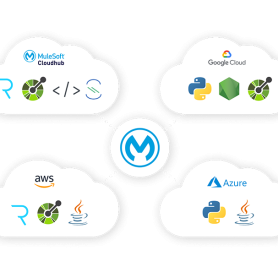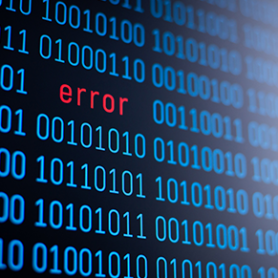Overview and introduction to Anypoint Flex Gateway
In this tutorial, we will guide you through an overview of MuleSoft’s Anypoint Flex Gateway. Please note that this is not a technical tutorial.
What Are APIs, and How Does an API Work?
APIs are a key component of our digital world and enable billions of digital experiences every minute of every day. API stands for application
How to create a Global Error Handler in Mule 4 to unify your API ecosystem
Though your application network is unique to your business, it is critical to maintain uniformity in your API ecosystem so you can stay agile,
How to automate certificate expiry notifications in 2 steps
Proactive monitoring for API certificates is a must for every organization. For CloudHub customers, it's important to consider certificate expiration when using certificates in
Oracle ERP Cloud integration patterns 101: How to use a decision matrix to design integration patterns
This article is part one of the Oracle Enterprise Resource Planning (ERP) Cloud integration patterns three-part series focusing on Oracle ERP Cloud integration fundamentals.
Everything you need to know about error handling strategies in Mule 4
As an integration developer and architect, I am currently working on many integration projects where we have implemented business flows and have faced challenges,
How to improve code readability and reuse with RAML
In the first article in this series, RESTful API Modeling Language 101, we saw how to design basic RAML and we had banking API
Setting up real-time Secure File Transfer Protocol (SFTP) data integration with webhooks
While MuleSoft has a variety of uses for it’s API-led platform, there are certain cases that require using old-school tricks. These include integrating data
How to automate the Jenkins developer pipeline
In previous posts, we've built a Maven foundation that allows us to standardize our Mule projects and deployment processes. Next, we’ll work on automating
3 ways to connect Apache Kafka and MuleSoft for event-driven integrations
Nearly every company today is making strides toward agility — and being agile often requires organizations to not only act fast, but act in real
























